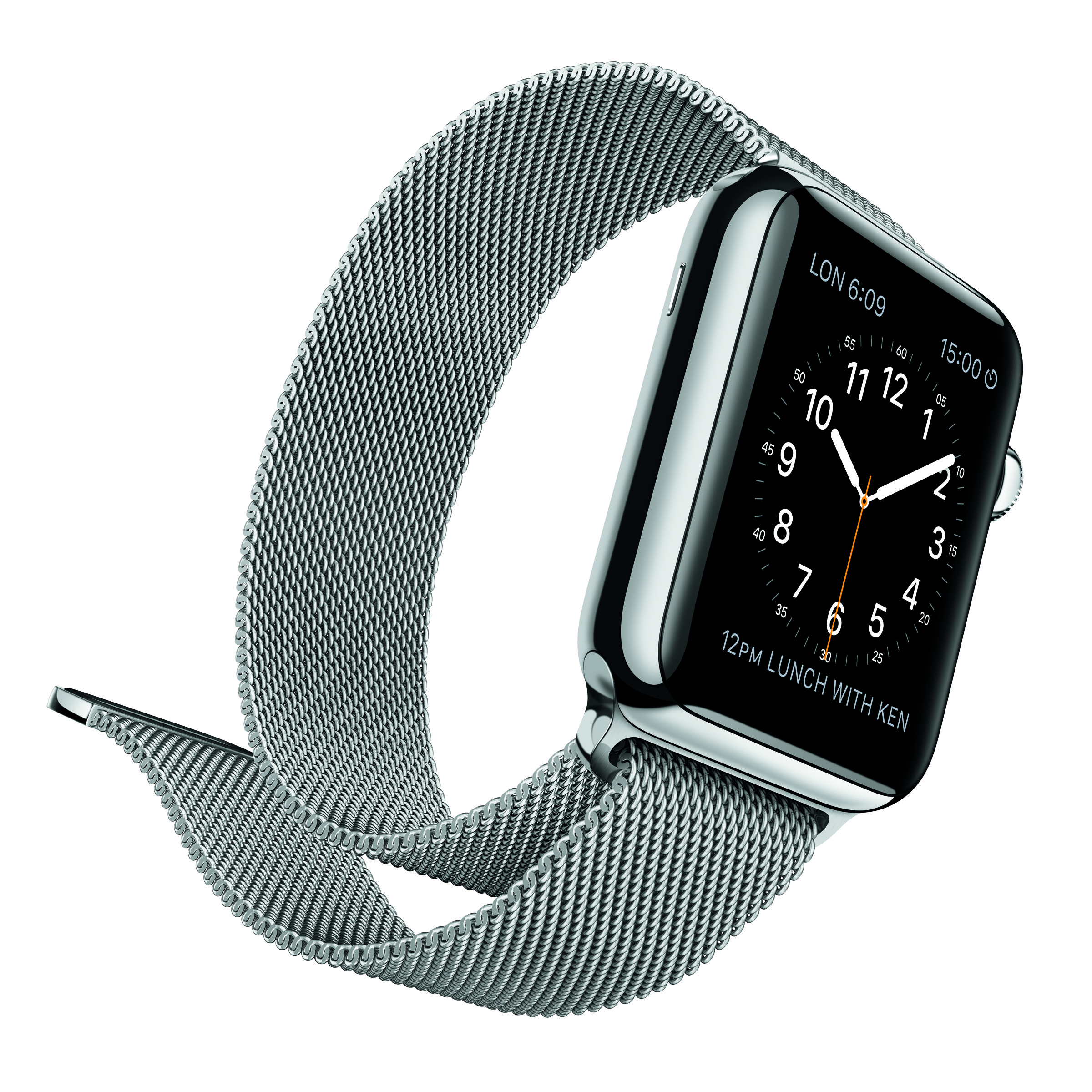Will the Apple Watch Make People Healthier?

The Apple Watch will have a number of health and fitness features, including activity tracking and reminders to get moving, but could the watch really make people healthier?
Experts say the Apple Watch's health features are an improvement over some previous apps and wearables, and could indeed get some people to exercise more. But these features may not be enough to motivate everyone, and the watch also leaves out diet tracking, which may mean that some people get the wrong idea about how much they eat.
"I think the big question will be, for whom will this be motivating or change behavior," said Sherry Pagoto, an associate professor of medicine co-founder of the Center for mHealth and Social Media at the University of Massachusetts Medical School. Pagoto noted that people who buy fitness trackers may already be a little more motivated to be active than the average person.
On the other hand, people who are averse to exercise, or who think they don't have time for physical activity, may need more than what a basic fitness tracker has to offer to help them change their behavior.
"The crowd that has really low motivation on exercise, I'll be curious how much they will benefit from a device like this," Pagoto said. [Fantasy Fitness Tracker: 8 Absolutely Must-Have Features]
Advantages of the Apple Watch
Through a fitness app, the Apple Watch tracks people's movement, including their workouts and brisk activity, as well as how long they've been standing (instead of sitting or lying down) throughout the day. The watch will also send encouraging prompts, such as reminders to move around if users have been sitting down too long.
Sign up for the Live Science daily newsletter now
Get the world’s most fascinating discoveries delivered straight to your inbox.
It's known that tracking progress, setting goals and being cued at the right time to make a healthy choice are all strategies that can motivate some people to change their behavior, Pagoto said.
One particularly notable feature of the watch is that it sets goals based on a person's past behavior, rather than relying on the user to set his or her own goals, or set a default goal, Pagoto said. Many other fitness trackers set a default activity goal of 10,000 steps, but this distance may be too easy for some people, whereas others may find it too difficult or even demoralizing, Pagoto said. Apple says that setting a goal based on past performance means that new goals will be "realistic and achievable."
In addition, the fact that the Apple Watch is, well, a watch, means that the device may fit more easily into a person's wardrobe than devices that need to be clipped to a belt or worn as a bracelet.
"Some of the other wearables are things that we're just not used to having on our clothes and our body," Pagoto said. "[But] I think most people are used to wearing a watch ... it feels a little bit more comfortable and integrated into your wardrobe than some other wearables."
Dr. Mitesh S. Patel, an assistant professor of medicine and health care management at the University of Pennsylvania Perelman School of Medicine, agreed that the function of the device as a watch may be beneficial. "One of the challenges to wearable devices is that most people stop wearing them," but with a watch, people may end up using it for longer, Patel said.
What's missing
Patel said that although the watch may make people more aware of their activity, that doesn't necessarily mean that it will change their behavior, especially over the long term. More study is needed on whether raising a person's awareness of his or her activity can actually change someone's behavior, he said.
And because the watch focuses only on physical activity, not on what people eat, it's possible that it could lend people "a little bit of a false sense of confidence," Pagoto said. Because their steps walked or calories burned may seem like a large number, they might feel that they can eat more, Pagoto said.
Pagoto once had a client who started using a Fitbit and found that he or she walked 5 miles a day during routine activities. Because this seemed like a long distance, the person thought he or she didn't need to exercise any more. But Pagoto noted that the person had in fact gained weight while doing this amount of exercise. To lose weight, "you have to improve from your baseline," she said.
But the watch is also not designed to be a weight loss tool, and people may be using other apps to track their diet, Pagoto said. "I would want to know more about whether people tend to compensate for their physical activity by eating more, when they're just given their physical activity data, and don’t know their diet data."
Follow Rachael Rettner @RachaelRettner. Follow Live Science @livescience, Facebook & Google+. Original article on Live Science.

Rachael is a Live Science contributor, and was a former channel editor and senior writer for Live Science between 2010 and 2022. She has a master's degree in journalism from New York University's Science, Health and Environmental Reporting Program. She also holds a B.S. in molecular biology and an M.S. in biology from the University of California, San Diego. Her work has appeared in Scienceline, The Washington Post and Scientific American.









